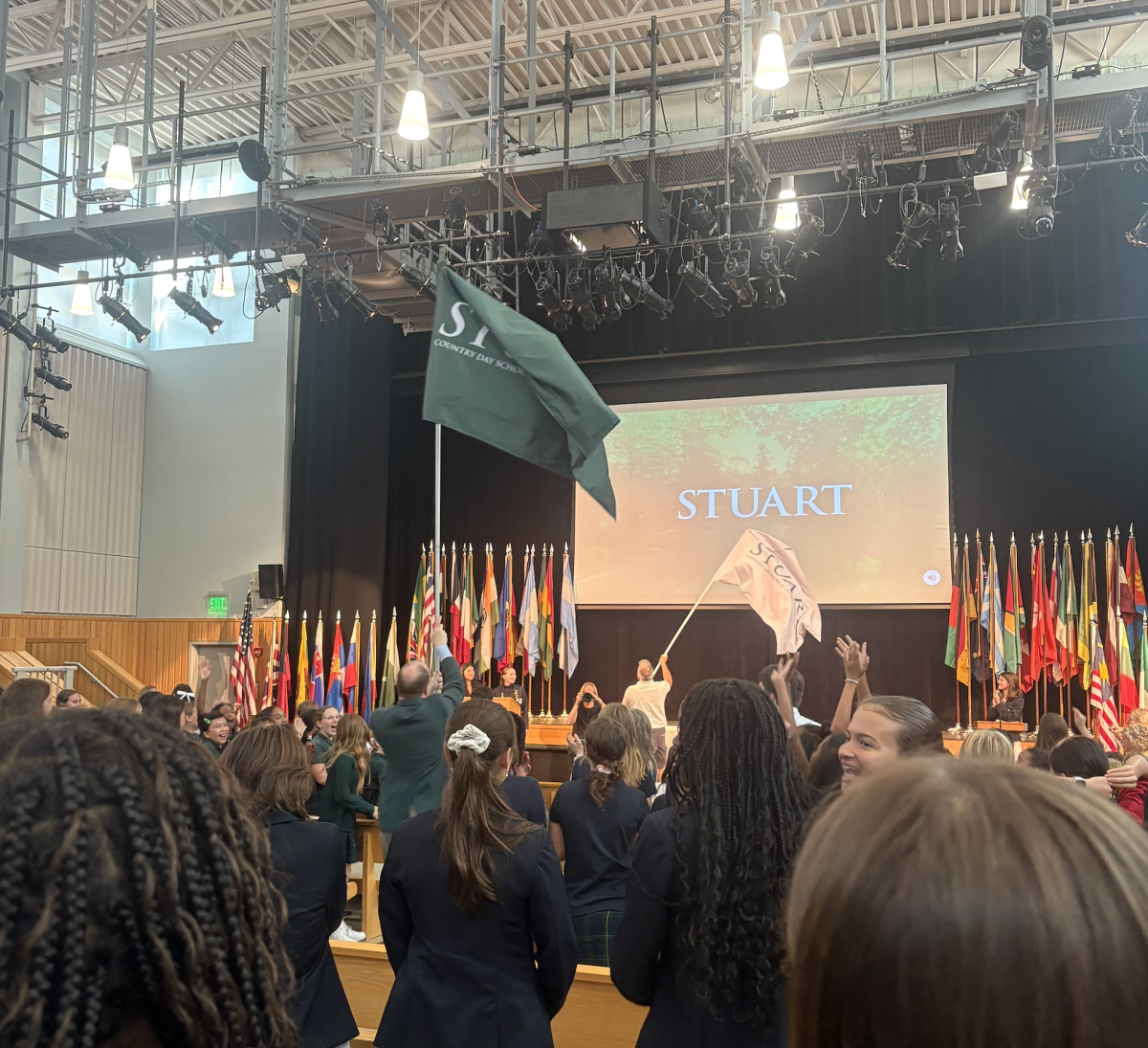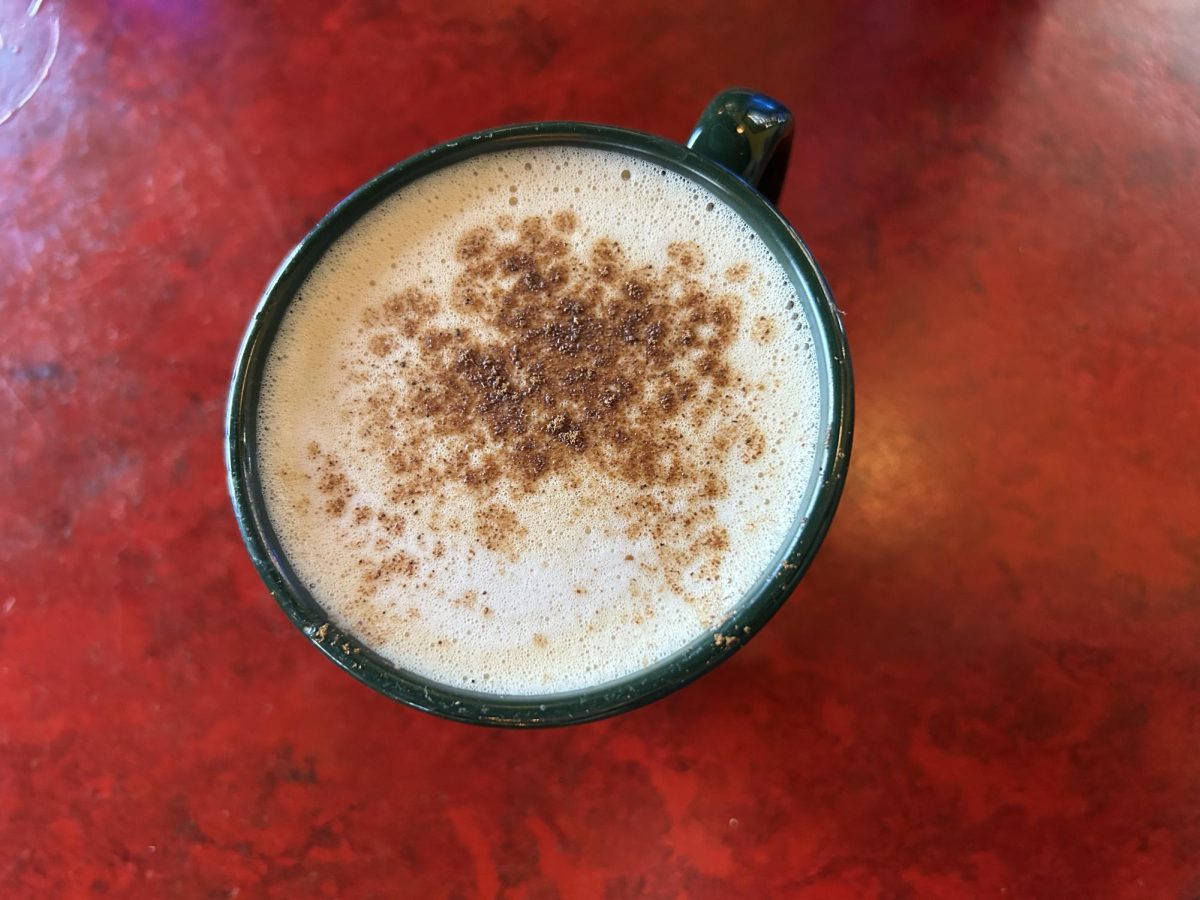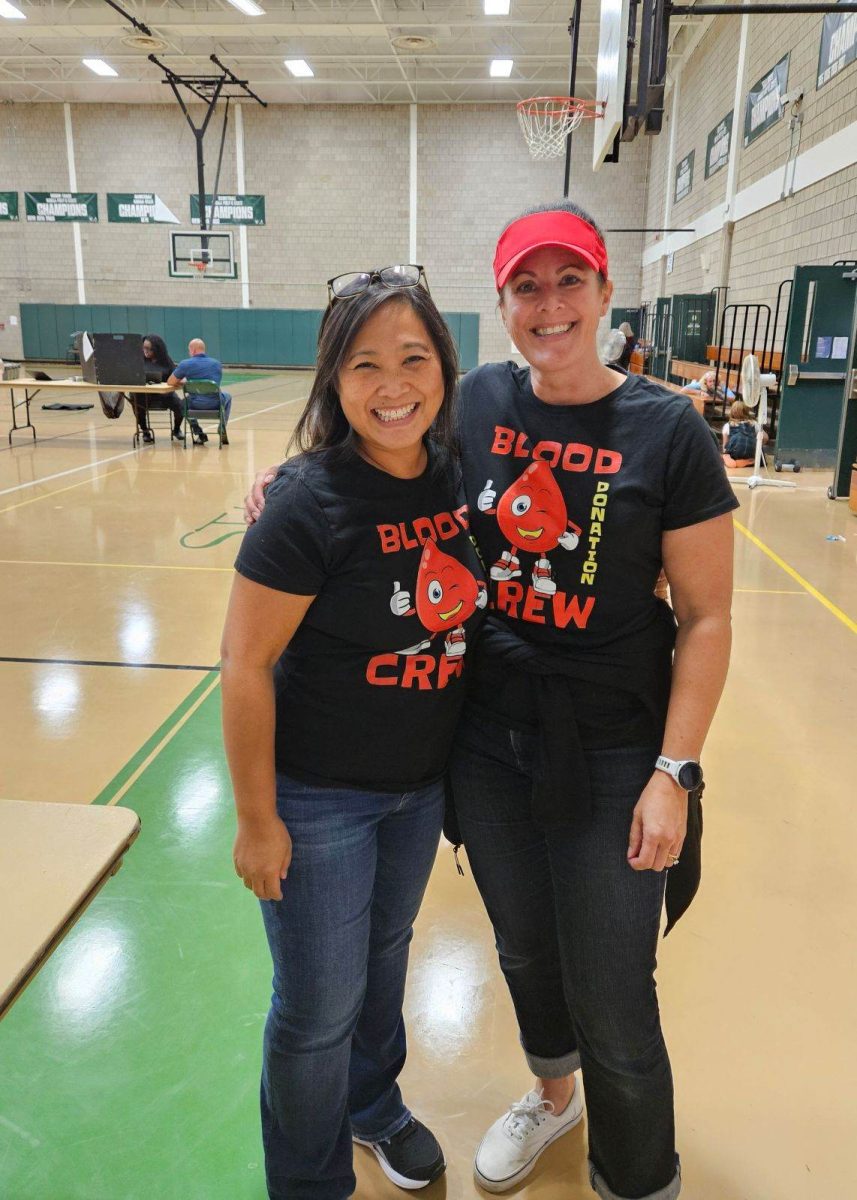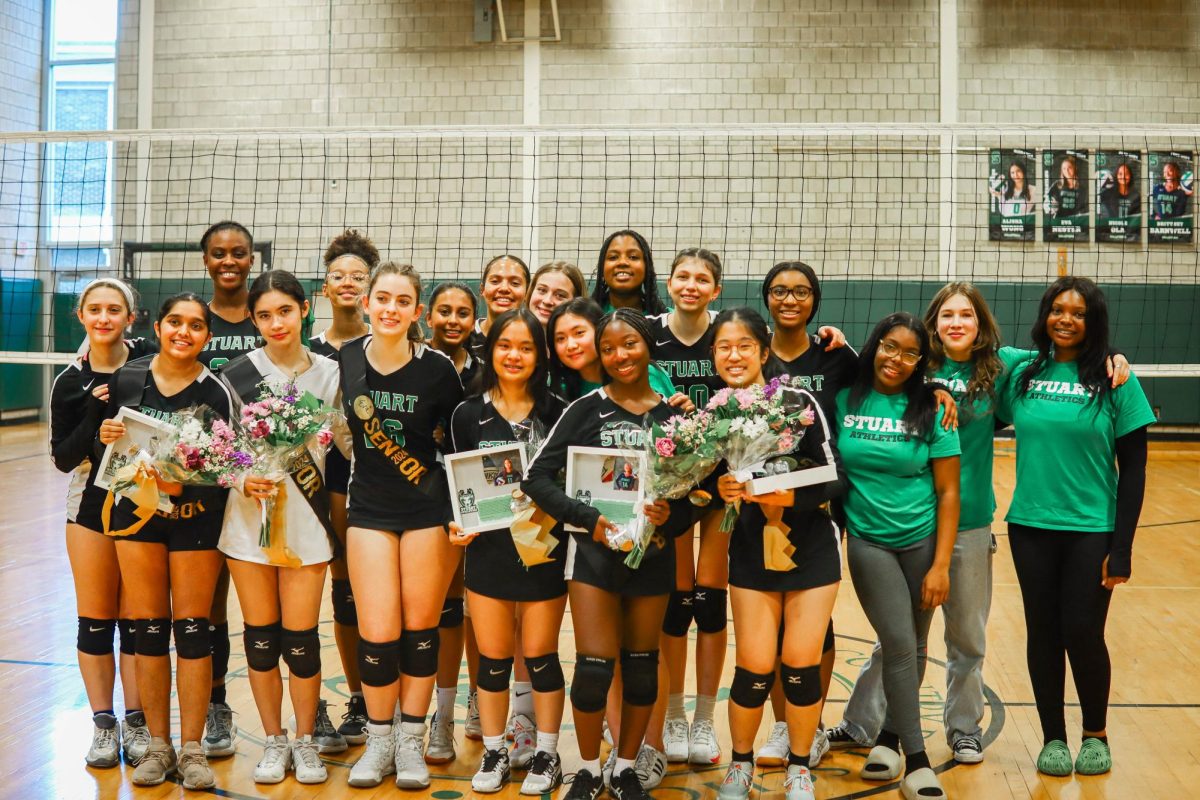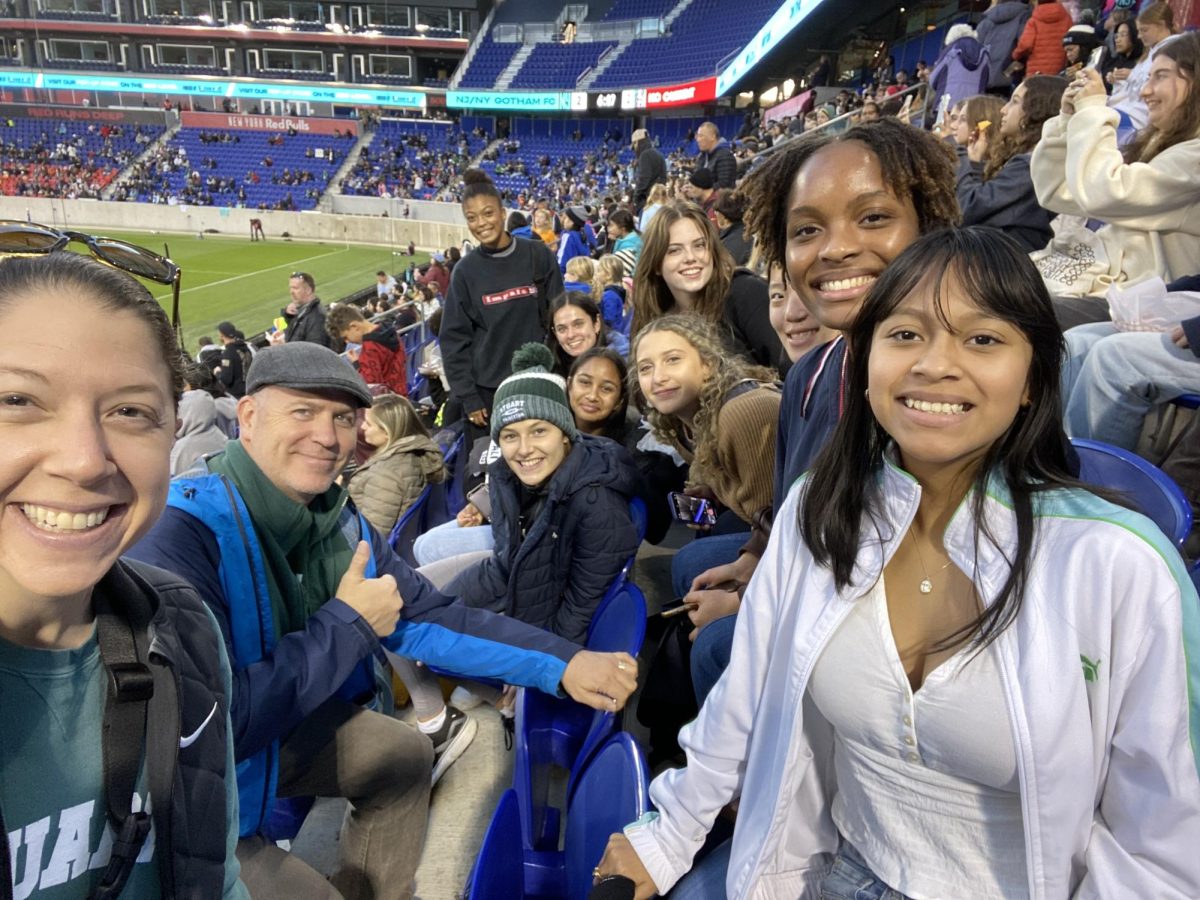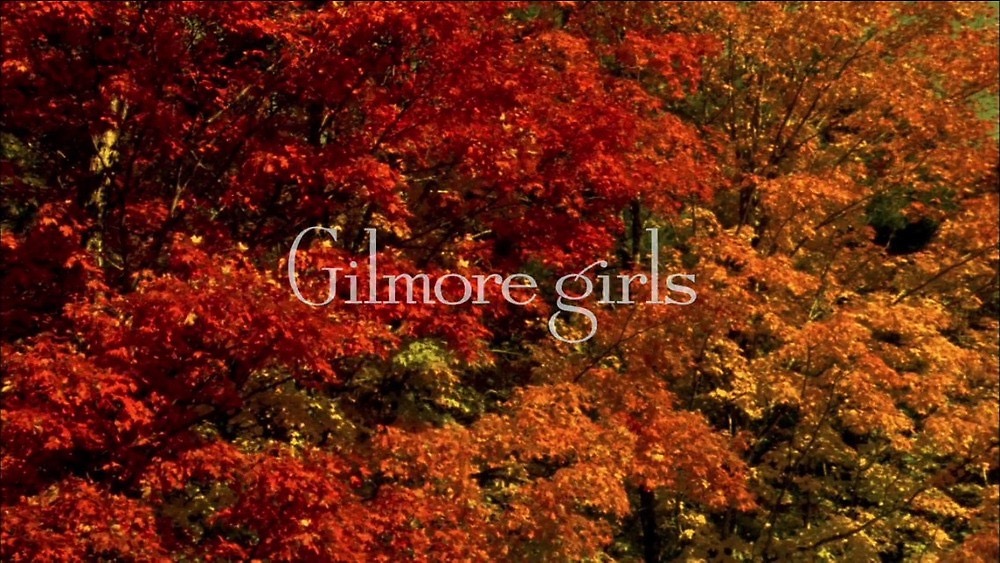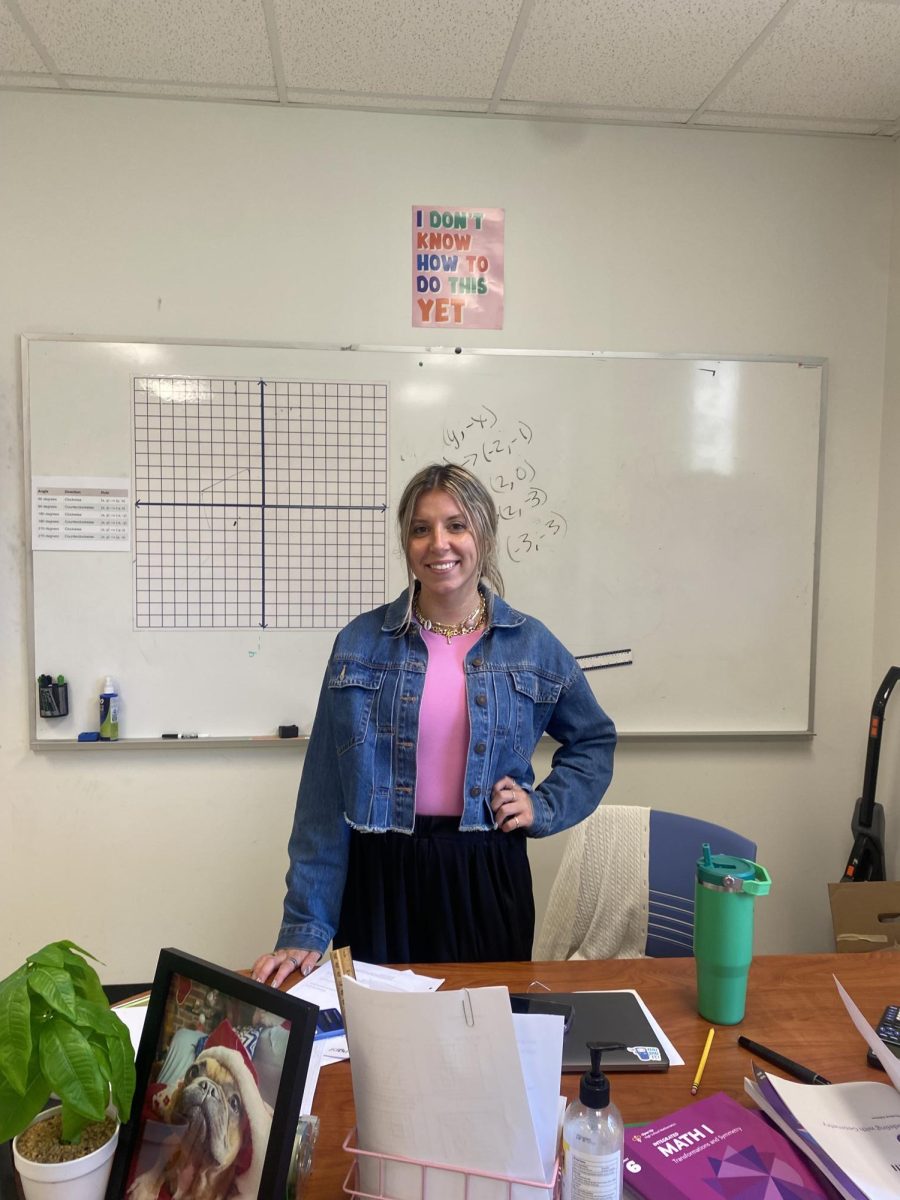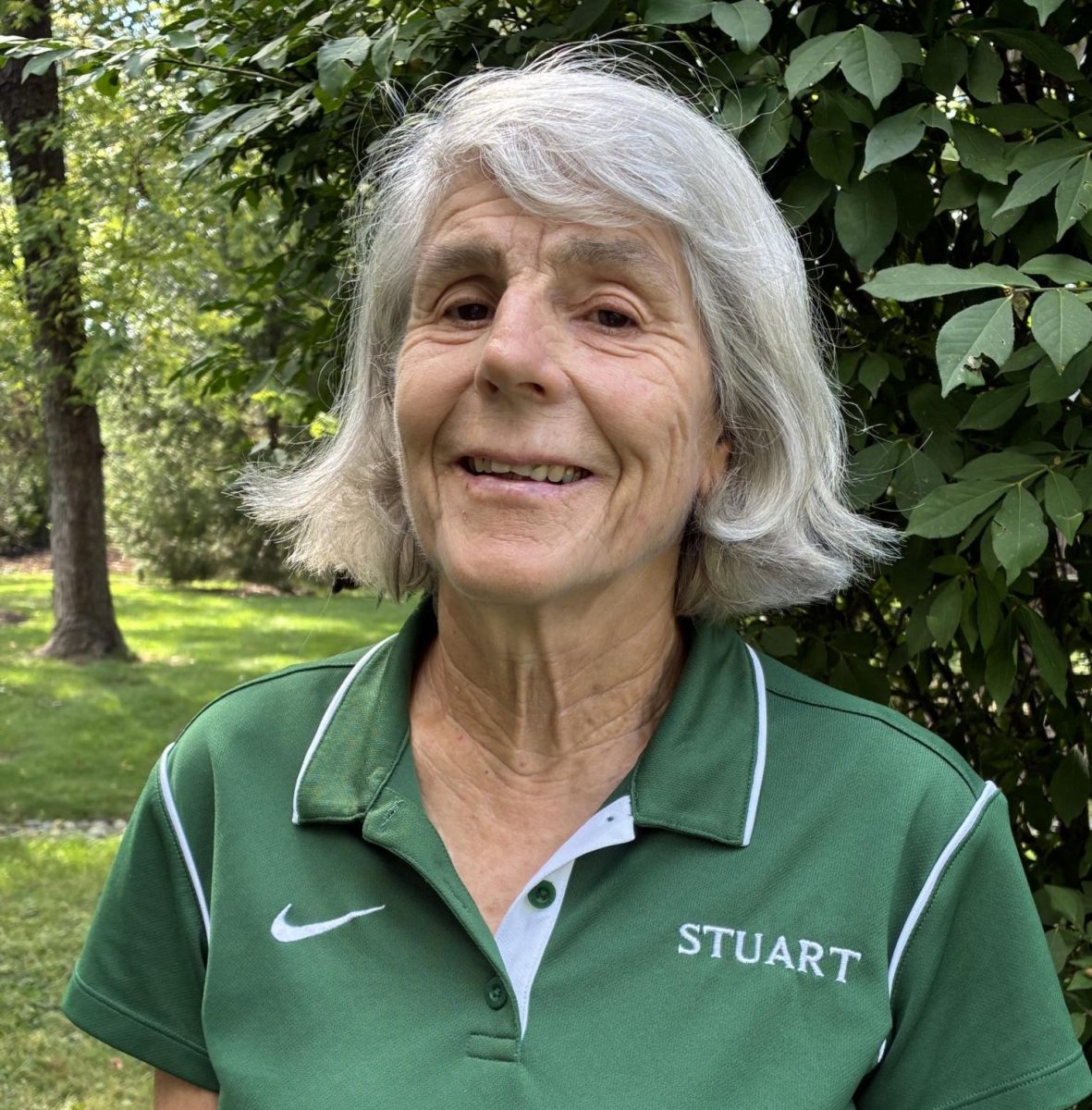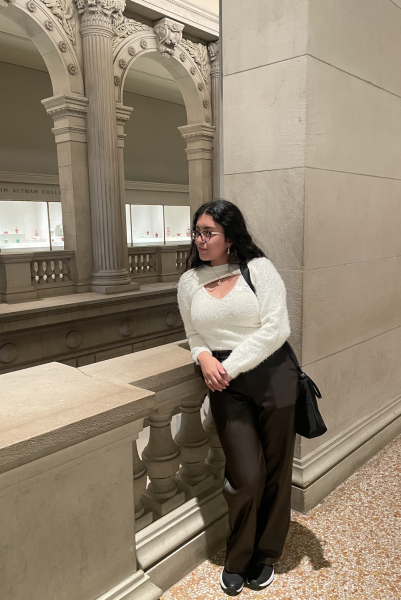On April 30th, Stuart’s Latino and Hispanic Heritage Club hosted the Sacred Heart Assembly. The assembly displayed and taught Hispanic and Latino culture to the greater Stuart community while embodying the Sacred Heart goals. The two main goals the assembly focused on were Goal 2 and Goal 3. The first criterion of Goal 2 involves engaging in challenging experiences that inspire intellectual curiosity, a global mindset, and a lifelong love of learning. For Goal 3, the second criterion includes immersing students in diverse global perspectives, developing competencies such as critical consciousness, language facility, and cultural literacy.
Through exploring Latin and Spanish song, dance, and language, LHHC aimed to inspire a global mindset, curiosity about other perspectives, and a love of learning about our cultural communities at Stuart.
The assembly opened up with the recitation of the poem Mano a Mano by Anthony Orozco, which spoke of the unity of the Latino community to endure hardships and celebrate and uplift one another. Following the poem came a communal prayer, written by one of the members of LHHC, Dani. The prayer rotated between being spoken in Spanish and English. There was a moment for reflection as the crowd enjoyed the musical talents of seniors Alex Durish and Juliette Vergara alongside freshman Aurelia Lopez-Spencer. The trio played two consecutive songs, the first being “Quizas, Quizas, Quizas” by Osvaldo Farrés. Farrés, who later lived in exile after the Cuban Revolution, was a world-renowned musician mostly known for his contributions to the romantic ballad genre. His music became deeply meaningful for many people in the Latin community, especially those who have had similar experiences of migration, displacement, and longing for home. The second song they performed was “Guantanamera,” one of the most recognizable songs from Cuba. The lyrics were adapted from poems by José Martí, a Cuban national hero and advocate for justice and freedom. The more upbeat song set the scene for the next surprise of that morning: the dancing!
Five dances were performed by members of LHHC in front of the school: Merengue, Bachata, Cumbia, Salsa, and Wepa. Each dance was performed, then a member would provide the background of the genre, and one of the dancers would provide a breakdown of the steps before inviting certain students to come up to the stage to perform with them. The first dance was Merengue, which originated from the Dominican Republic in the late 19th century. With its lively, marching rhythm and simple two-step pattern, Merengue is a fusion of European and African influences. The dancers (who consisted of Dani Mayen-Veliz, Ms.Ezra, Ashley Batz, Hadelyn Martinez-Cambero, Lourdes Ronquillo, and Juliette Vergara) danced to “La Dueña del Swing” and brought up the lower schoolers to learn the dance. The next dance that was taught was Bachata, which also originated from the Dominican Republic and was heavily influenced by Taino (a group of Indigenous peoples from the Caribbean) music. The song used was “Inmortal” by the group Adventura and was learned onstage by the middle school students. Cumbia, whose roots are from Colombia, with influences from indigenous and African music, was the next song that was performed and was then taught to the upper schoolers. Cumbia is most popular for its use of the accordion, and that was audibly evident in the song that was used to perform, “Cumbia Sampuesana.” Unlike the rest of the dance tutorials, the second-to-last genre, Salsa, was taught to teachers. Salsa has roots in Afro-Cuban traditions, particularly in the Cuba-Son, which combines Spanish guitar and African percussion and Afro-Cuban Rumba styles. It emerged in the 1920s in Cuba and Puerto Rico and continued to gain popularity during the 1940s and 1950s in New York City. This dance is also known as Señora’s favorite, and she even went up on stage to show off her moves. The last dance taught in front of everyone was Wepa. Wepa is a form of Cumbia that originated in Monterrey, Mexico. It is known for a faster tempo and energized movements, and is more “street-style” compared to the other dances performed. It is more of a modern subgenre of Cumbia compared to the rest and is often created by younger performers and artists. It incorporates traditional Colombian Cumbia, Mexican Cumbia, techno music, and hip-hop dance styles that can be highly improvised. The dance was performed and later accompanied by the AP Spanish class.
This choice to have the AP Spanish class perform Wepa onstage with the dancers was a very intentional choice on the part of LHHC. One of the dancers, Lourdes, who led the tutorial for that dance, had previously shown the dance to the AP Spanish class. It was on a random day when the class decided they wanted to see her practice her Folklórico dancing (a traditional style of dancing from Mexico) in the Blackbox and convinced Señora to let them leave class to watch. What started as a visit to observe soon became a dance class in which they learned Folklórico steps and Wepa. Thus, it was decided by LHHC that they should be called up on the day of the assembly to show what they learned.
Though Wepa was the last dance taught to the Stuart community, the LHHC dancers had one more dance hidden up their sleeve. As a conclusion to the assembly, they performed a dance called “La Iguana,” meaning “The Iguana,” which originated in Mexico. The dance, as the name implies, replicates the movements of an iguana in dance form. La Iguana, like the other dances, is one that is commonly seen at family gatherings or parties such as Quinceañeras or weddings. Usually, it involves the people dancing around in a circle, and when the beat drops, someone from the circle jumps up and lowers themselves onto the iguana formation, kind of like the movements done in “The Worm” dance. In Quinceañeras or weddings, the bride or Quinceañera is already in the center and then dances as the “iguana” dances at her feet. Typically, it was the men who did such a dance, but now anyone does it. Not only is it a fun dance, but it also has some reasoning behind it. The reason the iguana dance came to be is because of its geographical location of origin – Guerrero, Mexico. In Guerrero, as well as most of Mexico, Iguanas are commonly seen roaming around. So much so that when men would go out to cut sugar cane, an iguana would surprise them and bite them. This dance was made to poke fun at such an occurrence.
Overall, the assembly allowed the LHHC members to not just share some of their culture with the rest of their classmates, but also gave them a space to feel pride in their culture. Senior audience member Allison Lee remarked, “I loved how interactive it was and learning all the different kinds of dances. You could see all the hard work they put into it. I loved it and would love to see it again.” We look forward to seeing many other assemblies representing other cultures and groups in the future!

